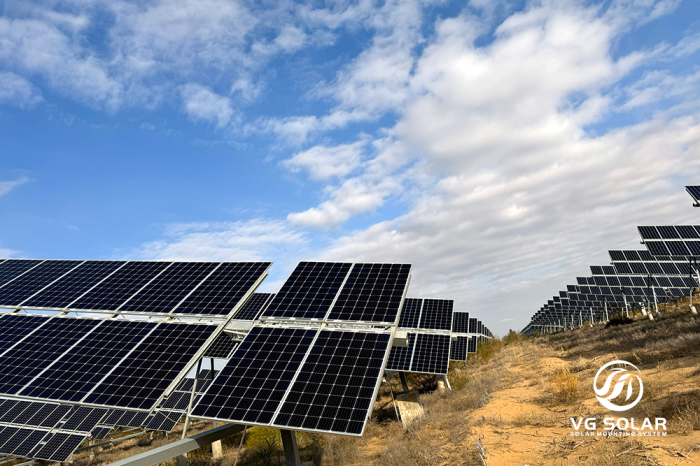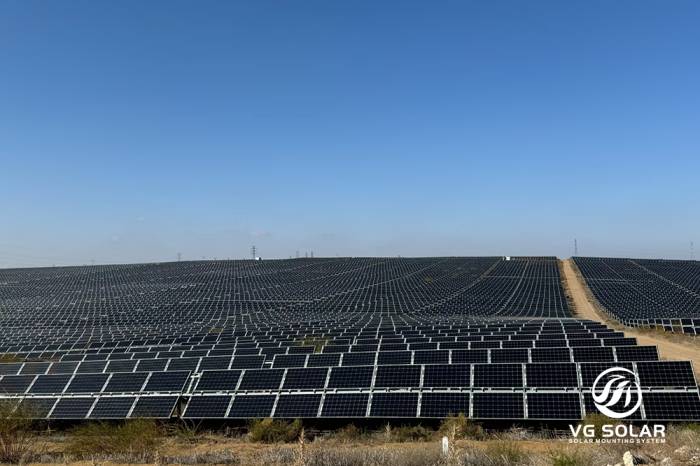In the search for sustainable energy solutions, photovoltaic (PV) systems have become the cornerstone of renewable energy generation. Among the innovations in this field, photovoltaic tracking systems stand out as a game changer, integrating cutting-edge technologies such as artificial intelligence (AI) and big data analytics. This advanced system not only improves the efficiency of solar energy capture, but also significantly reduces the operating costs of the power plant.
At the heart of a photovoltaic tracking system is the ability to track sunlight in real time. Traditional solar panels are typically fixed in place, limiting their ability to capture sunlight throughout the day as the sun moves across the sky. In contrast, tracking systems adjust the angle of the solar panels to maintain an optimal position relative to the sun. By using artificial intelligence algorithms and big data, these systems can predict the sun’s path and make precise adjustments, ensuring that the panels are always aligned to capture maximum sunlight.
Combining artificial intelligence and big data with PV tracking systems enables a level of sophistication that was previously unattainable. These technologies analyse large amounts of data, including weather patterns, geographic information and historical sunlight, to optimise solar panel performance. This real-time data processing enables the system to make informed decisions about the best angles at which to position solar panels to maximise energy production.
In addition, photovoltaic tracking systems are designed to operate effectively in a wide range of environmental conditions. Power plants often face challenges such as extreme temperatures, high winds and dust accumulation, which can adversely affect the performance of solar panels. To address these issues, tracking systems incorporate protective measures to protect components from harsh environments. For example, they may include features such as self-cleaning mechanisms to remove dust and debris, and structural reinforcements to withstand high winds. These protections help improve the overall efficiency of the power plant by ensuring the longevity and reliability of the solar panels.
The benefits of implementing a photovoltaic tracking system go beyond increased energy production. By optimising the angle of the solar panels and protecting them from the elements, power stations can significantly reduce operating costs. Higher energy output means more electricity is generated per unit of investment, allowing power stations to achieve a faster return on investment. In addition, the system’s protective features reduce the need for maintenance and repair, further reducing costs.
In summary, photovoltaic tracking systems represent a significant advancement in solar technology. By harnessing the power of artificial intelligence and big data, they enable power plants to track sunlight in real time and adjust the angle of the solar panels for optimal performance. The system’s ability to protect components in harsh environments not only increases efficiency but also helps to reduce costs, making it a valuable asset for modern power plants. As the world continues to shift towards renewable energy, the adoption of innovative technologies such as these will play a key role in driving the transition to a more sustainable future. Photovoltaic tracking systems are more than just a technological advancement; they are an important step towards maximising the potential of solar energy and ensuring its viability as a primary energy source.
Post time: Jan-20-2025


